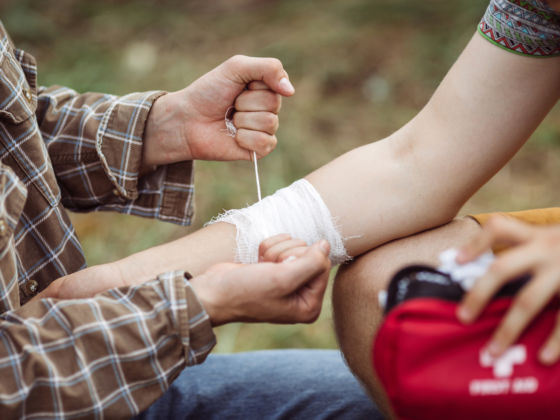Whether you’re hitting the trail, the beach, or a new city, there’s one thing most travelers can agree on: you should always expect the unexpected. Your best bet for the best trip ever is to be prepared for anything, and that includes injuries, sickness, and other physical mishaps. The ultimate defense against these “unexpecteds” is a first-aid kit packed with the essentials…and then some.
Every first-aid kit — homemade or purchased — should be equipped with the basic, standard safety must-haves. Below are the essentials you shouldn’t leave home without, no matter where you’re headed, along with a few add-ons, depending on the type of trip you’re embarking on.
